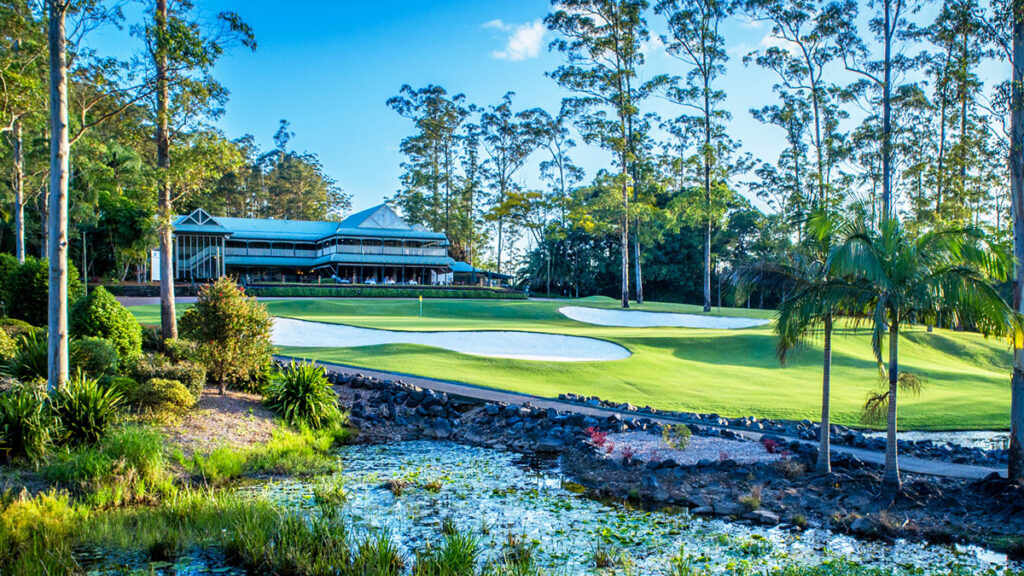We don’t mean to overstate the obvious, but wedges, particularly when it comes to determining bounce angles and sole grinds, can be a nightmare of confusion and complexity. Just look at the veritable alphabet soup of letters and numbers, stamped right there on the clubhead. It’s not remotely intuitive to even avid golfers.
The differences between a Titleist Vokey Design SM9 S grind, a Callaway Jaws Raw Z grind, a TaylorMade Milled Grind 4 C grind and a Cleveland RTX6 ZipCore Low+ grind may be monumental or inconsequential. The truth is, you likely won’t be sure unless you’ve had the opportunity to test them on all the short game shots you normally hit.
To be fair, many of the leading equipment companies are doing their best to help you understand your options and make the right choices. There are online quizzes on nearly every major manufacturer’s website, and companies including Titleist, Mizuno and Ping can make recommendations on the appropriate loft-gapping and bounce angles through their fitting systems. Titleist even has developed an indoor fitting app that uses launch monitor data to help narrow down your choices in as little as 10 minutes.
But even those efforts may not help you fully understand why various wedge features matter and what’s right for you. Fortunately, we’ve found a few simple starting points that, while they won’t instantly determine your ideal model and specs, should give you some direction.
Let’s start here: bounces and sole grinds are vital. According to Ping design engineer Jacob Clarke, matching the right grind and bounce angle to your swing could mean a difference of 2,000rpm of spin on a wedge shot. That’s the difference between hitting your chip shots with a golf ball played on tour or the kind sold in an onion bag. It has a lot to do with where on the clubface you make contact, Clarke says.
“What we’re really trying to do with sole grinds and different bounce offerings is to control the vertical impact location on the face,” he said when we paid a visit to Ping’s Arizona headquarters last week. “For greenside shots, I like to see impact around groove 3 or groove 4. That gives us the optimal combination of height and spin. If impact gets lower on the face, it will generate a slightly higher spin rate, but you’re not going to have functional stopping power because the launch angle is going to be too low and with too much ball speed.
“Conversely, if that impact occurs higher on the face, you’re going to be able to generate a lot of height, but there’s usually going to be some kind of grass debris and moisture that get between the clubface and ball, yielding lower spin rates.”
So go out and hit some clean shots, full or partial, with your wedges and take note of the impact location. If you’re seeing the impact point too low on the face, Clarke says, then you’re likely using a wedge that has too much bounce. You’d be better served by a wedge with a lower bounce angle.

If you’re seeing that impact location higher on the face (well above the third or fourth groove), you’ve got a wedge that doesn’t have enough bounce. You’re probably better off using a wedge with a higher bounce angle.
Another key tell is your swing type. If you tend to hit your short-game shots with the shaft leaning back (trailing your hands) and approaching the ball at a steep angle, you should be gravitating towards wedges with higher bounce. You need more relief in the sole (higher bounce) so the club can more cleanly enter and exit the turf.
On the flip side, if your hands and the club are more neutral moving into the ball and your attack angle at impact is shallower, you’d get more benefit from a wedge with a lower bounce angle.
All this said, there’s no substitute for seeing a fitter and understanding how your wedges complement your distance needs and your swing tendencies and how each wedge might be used. For instance, if you use a 54-degree mostly for chip shots and a 58-degree for pitches and bunker shots, you might want two different bounce angles.
Bottom line: start re-thinking your wedges from the bottom up. If you can dial in more consistent impacts, your short game might get that much easier to decipher.
This article was originally published on golfdigest.com




